In an interview with the American socialist Jacobin Magazine this month, Greens leader Adam Bandt spoke about a growing inequality crisis. When asked what the pandemic has revealed about Australian society, Bandt observed that “the pandemic exposed the structural inequalities that existed before”.
Bandt is right. The pandemic has revealed significant long-term inequalities.
Lockdowns have exacerbated divides across Australian society. Homeownership rates have been in long term decline and affordability has only worsened during the crisis making it more difficult for renters to enter the market.
Lower-income earning Australians have disproportionately lost work, while employment has grown for high-income earners. Small businesses have been forcibly closed, further diminishing the share of the workforce involved in small business. Young Australians, who have long had significantly higher rates of underemployment, have been more likely to find themselves without work. And private-sector employment and wages, which have been weak for over a decade, have taken significant hits with each new lockdown while public sector employment and wages have grown.
For example, research by the Institute of Public Affairs demonstrated that in the first 12 months of the pandemic, lockdowns caused total wages paid to private-sector workers to decline by $24 billion, while total public sector wages rose by $8 billion.
But these inequalities are not part of the “inequality crisis” that concerns the likes of Bandt and many on the left today. For Bandt, the inequality crisis is the materialistic divide between Australia’s uber-rich with billions of dollars in wealth and those receiving JobSeeker. The simple solution is to increase the unemployment benefit and to impose a wealth tax on billionaires.
This approach to inequality is far removed from that of the old left who attacked the system they believed was unethical and was creating the inequalities in the first place rather than advocating simple remedies. But more importantly, this approach fails to identify the most meaningful divides in Australian society.
The green left take a materialistic approach to inequality and life in general that fails to account for man’s need for dignity, purpose, and responsibility. As long as people have access to adequate government payments, it doesn’t matter if they are living a subsistence life in a house they could never dream of owning, with no hard property, without dignified work, or meaningful ties to the community.
Many on the left are no longer interested in analysing the drivers of inequality or addressing the divides in society that matter to people. This is because the green left have become the ruling elite.
The powerful political tools of inequality and envy must be skilfully directed by the ruling elite to ensure that they do not find themselves in the crosshairs. The inequality divide is carefully drawn for the ruling elite to remain on the side of the oppressed and afflicted. The divide becomes one between those on JobSeeker and the few Australians with billions of dollars of wealth, with the vast majority of Australians left out of the analysis. And to further shift the attention away from the affluent left, the old-school Marxist class analysis is replaced by intersectional categories of race, gender, and sexuality.
The problem for the Greens is that the more significant and encompassing sociological divides in Australian society place the Greens’ base clearly on the side of the ruling elite. This is the division they do not want the public to become too conscious of.
There is a growing divide between mainstream Australians who live in the regions and outer suburbs and who tend to work in small private sector businesses in primary and secondary industry, and inner-city elites who are highly educated, on high incomes, and work as professionals in big business or the public sector.
Despite their rhetoric, the green left does not represent the real interests of struggling Australians. They have disregarded the negative impact lockdowns have had on the lives of mainstream Australians and shifted attention away from the long-term decline in the ability of many Australians to buy a home, start a family, and build a prosperous and meaningful life.
For those on the right, it is time for them to own the issue of inequality, correctly conceived, that is dividing Australians.
Kurt Wallace is a research fellow at the Institute of Public Affairs.
Got something to add? Join the discussion and comment below.
Get 10 issues for just $10
Subscribe to The Spectator Australia today for the next 10 magazine issues, plus full online access, for just $10.

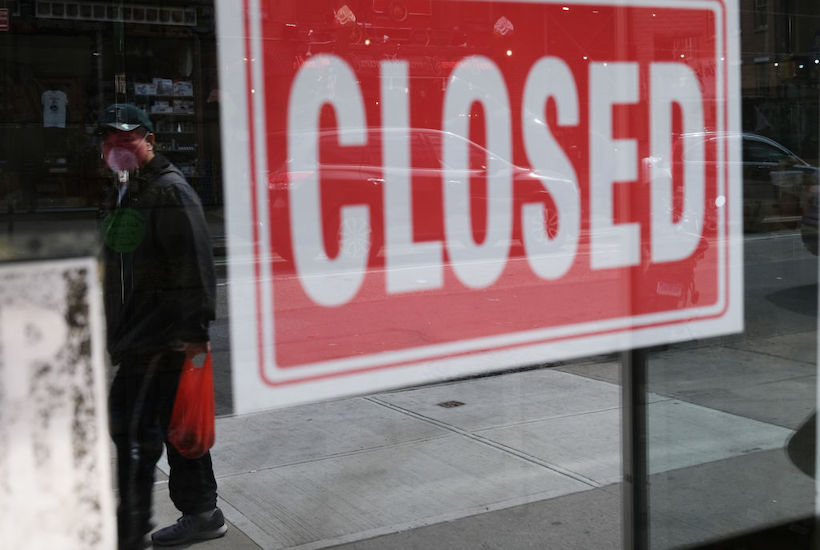

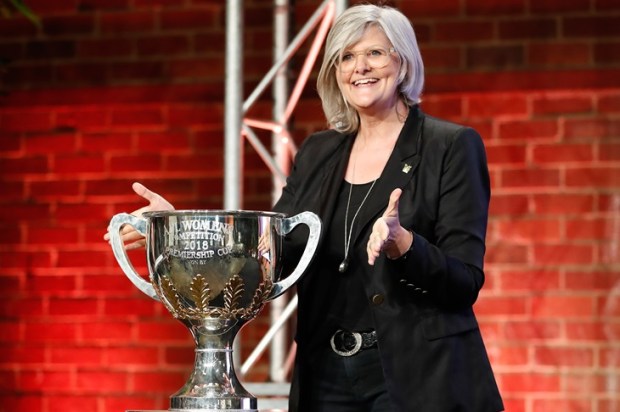
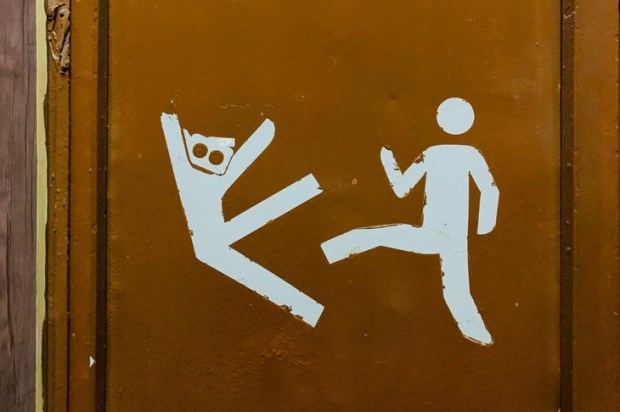

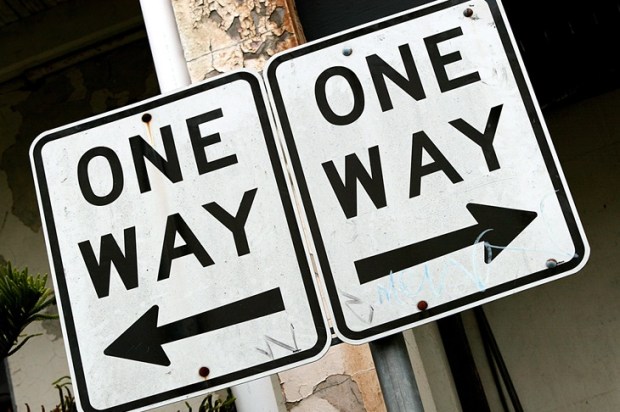
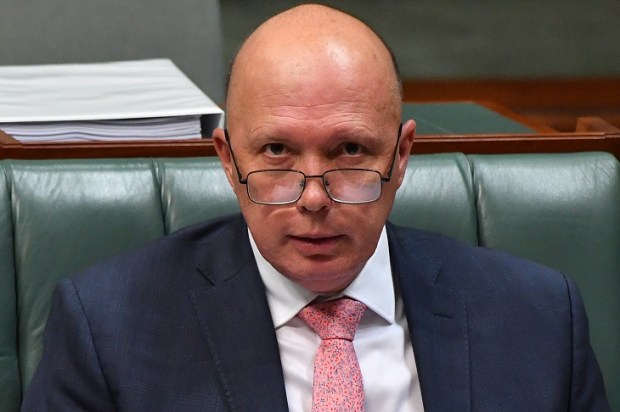


















Comments
Don't miss out
Join the conversation with other Spectator Australia readers. Subscribe to leave a comment.
SUBSCRIBEAlready a subscriber? Log in